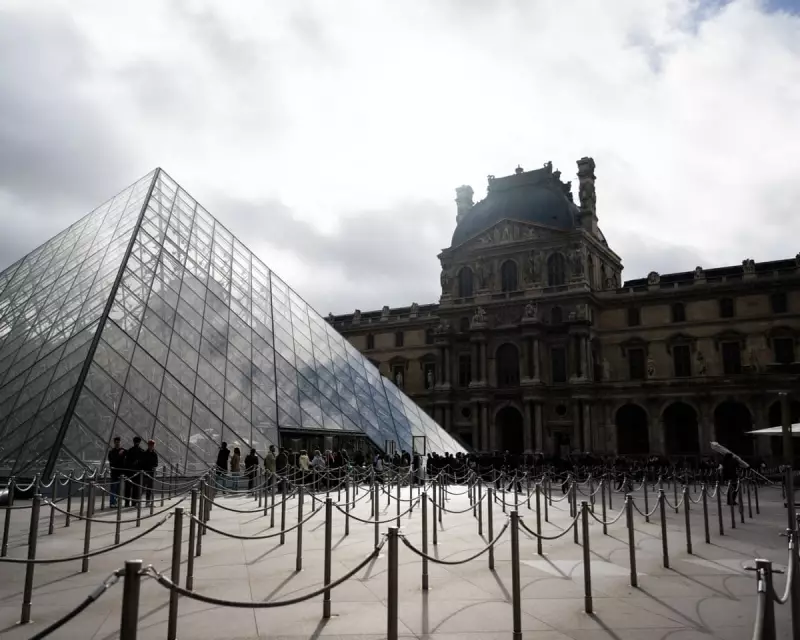
The world's most visited museum, the Louvre in Paris, has been dealt a fresh blow with the emergency closure of one of its key galleries due to serious structural concerns.
Precautionary Closure Announced
The Louvre announced on Monday that it would temporarily close its Campana Gallery as a precautionary measure. This decision comes after a recent audit identified worrying weaknesses in some structural beams supporting the floor above the gallery.
The Campana Gallery, located on the first floor of the museum's Sully wing, houses nine rooms dedicated to displaying ancient Greek ceramics. The area directly above the gallery, currently used as office space, has been flagged as having the structural issues. All 65 staff members who normally work in these offices are being relocated while further investigations take place.
A Series of Setbacks for the Louvre
This closure is unrelated to the dramatic theft that shocked the museum last month, but it represents more unwelcome news for the institution. In a brazen daylight raid, a four-person gang used an extendable ladder and angle grinders to steal jewellery valued at an estimated $102 million in front of stunned visitors.
Even before this high-profile heist, which one auditor called a "deafening wake-up call," the museum's leadership had expressed deep concerns about the building's condition. In a January memo, the Louvre's top administrator, Laurence des Cars, wrote about a "proliferation of damage in museum spaces."
She highlighted that some areas were "no longer watertight" while others suffered from "significant temperature variations" that endanger the precious artworks housed within the former royal palace.
Ongoing Investigations and Future Impact
The museum has been quick to reassure the public that the closure is purely precautionary. A statement confirmed that the Campana Gallery will remain shut while engineers conduct detailed investigations into the specific beams causing concern.
This development raises further questions about the maintenance of the historic building, which welcomed 8.7 million visitors in 2024. The combination of a major security breach and now structural safety issues presents a significant challenge for the museum's management as they work to preserve both the art and public confidence.





